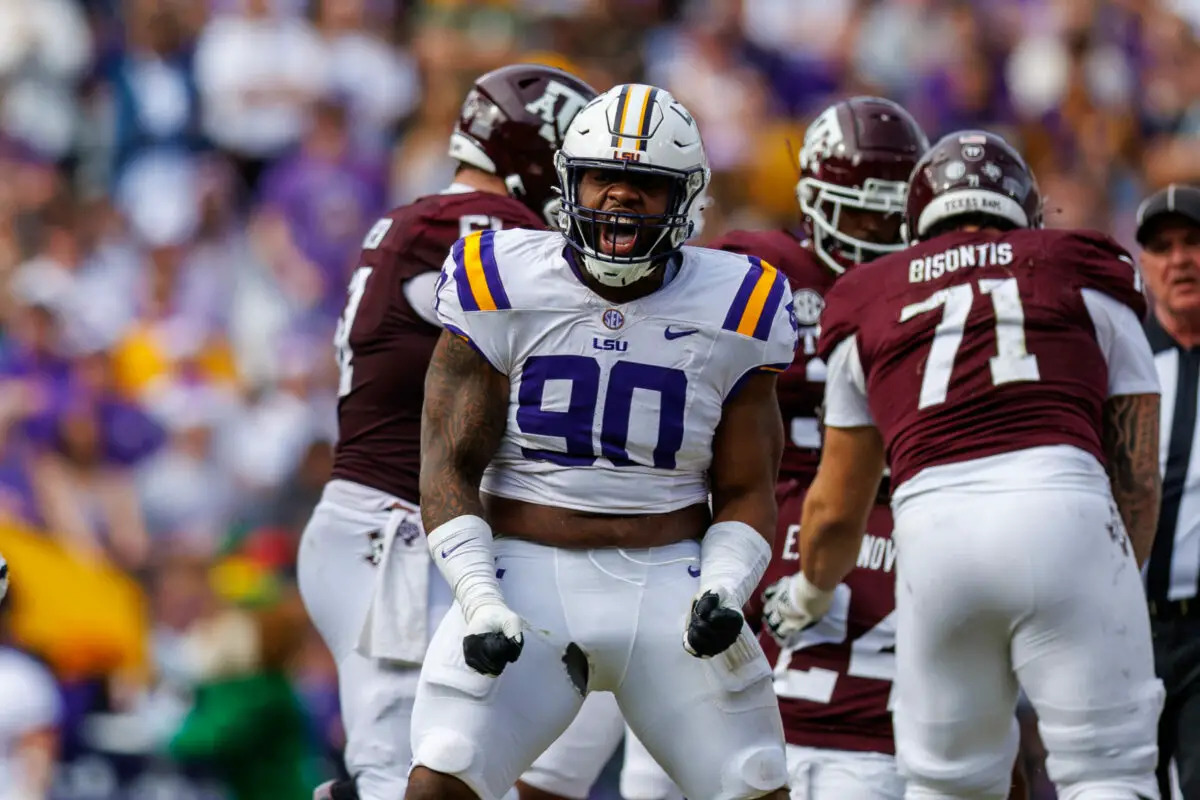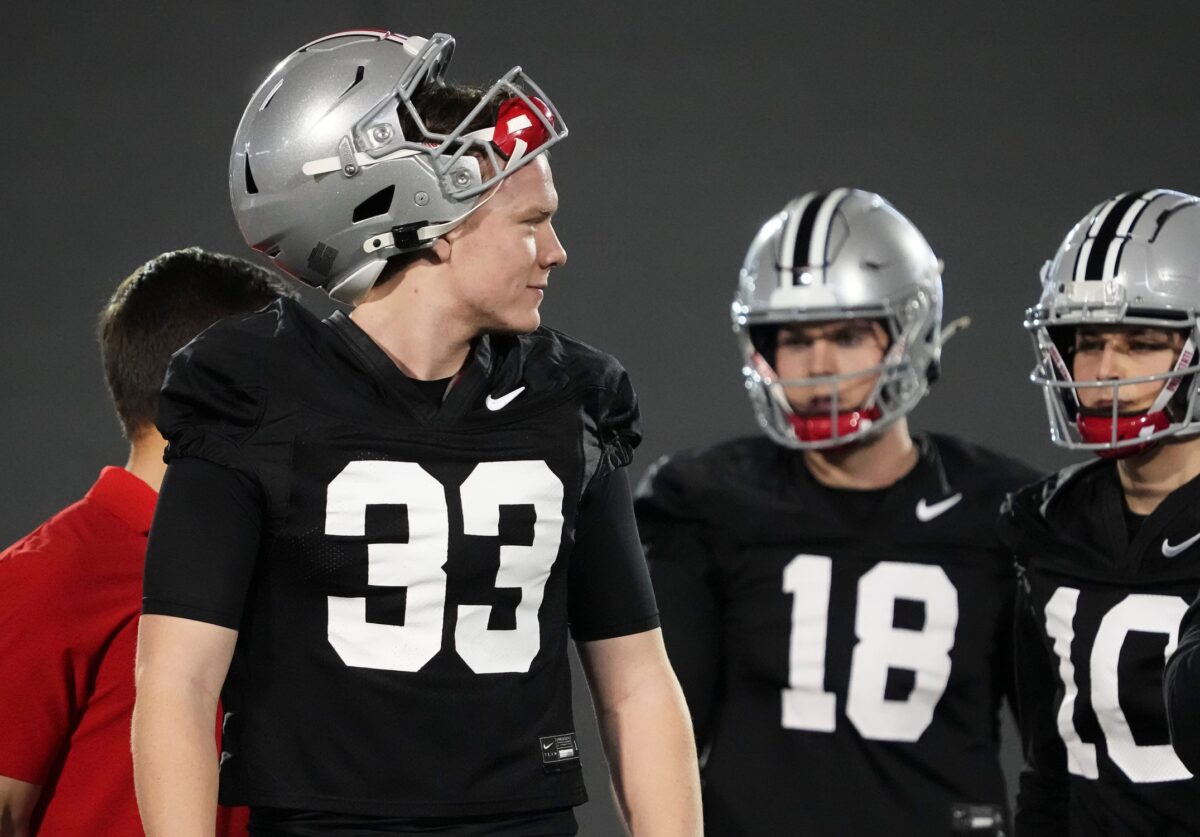LSU Tigers head coach Brian Kelly recently addressed the evolving landscape of college football and how his team is adapting to it. He emphasized the significance of factors like the Name, Image, and Likeness (NIL) regulations and the transfer portal, which have transformed the way talent is acquired in the sport.
LSU Tigers HC Brian Kelly isn’t approaching NIL the same way other teams are

In a recent interview, Kelly clarified that he and his coaching staff are taking a unique approach to navigating the modern landscape of college football. He emphasized that the LSU Tigers are not pursuing a strategy of “buying players.” This statement could be interpreted in various ways. Kelly may be suggesting that the team is not interested in recruiting players solely focused on financial opportunities, such as securing lucrative NIL deals, rather than prioritizing their commitment to the sport. It’s improbable that Kelly, as the head coach of a prominent SEC team, would advocate for completely disregarding NIL opportunities.
LSU Tigers HC Brian Kelly admitted his approach made it difficult to acquire a defensive lineman in the transfer portal

While many fans commend Brian Kelly for maintaining his principles amidst the significant changes in college football, Kelly acknowledged that his principles posed challenges in acquiring a defensive lineman through the transfer portal. He admitted that although he and his coaching staff were actively seeking to bolster their defensive line, the opportunities presented in the transfer portal did not align with the values they were promoting. Despite this, the Tigers managed to secure one defensive lineman during the offseason: former Wisconsin Badgers player Gio Paez, who is rated as a three-star prospect in the transfer portal by On3.
Other teams are having no issue “buying” players this offseason

While Kelly and the Tigers maintain their stance of not “buying players,” reports suggest that other teams, like the Ohio State Buckeyes, are taking a different approach. Nebraska Cornhuskers head coach Matt Rhule claimed that the Buckeyes spent between $20-25 million in NIL deals to bolster their roster this offseason. One significant acquisition for the Buckeyes was former Alabama Crimson Tide cornerback Caleb Downs, whose NIL valuation by On3 was nearly $1 million. Former Alabama head coach Nick Saban praised Downs’ abilities in an On3 article. Additionally, the Buckeyes used NIL funds to retain NFL-ready players, crucial for team leadership and competitiveness.
Kelly’s adherence to principles may pose challenges in competing at the highest level of college football amidst the evolving landscape of NIL deals. However, his principled approach could potentially lead to long-term success by fostering a team culture where players are fully committed and bought into the program.
Defensive tackle Tyleik Williams
Safety Lathan Ransom
Defensive end Jack Sawyer
Defensive tackle Ty Hamilton
Cornerback Denzel Burke
Offensive line Donovan Jackson
Cornerback Jordan Hancock
Wide receiver Emeka Egbuka
Defensive end J.T. Tuimoloau
Running back TreVeyon Henderson
While Kelly and the Tigers maintain their stance of not “buying players,” reports suggest that other teams, like the Ohio State Buckeyes, are taking a different approach. Nebraska Cornhuskers head coach Matt Rhule claimed that the Buckeyes spent between $20-25 million in NIL deals to bolster their roster this offseason. One significant acquisition for the Buckeyes was former Alabama Crimson Tide cornerback Caleb Downs, whose NIL valuation by On3 was nearly $1 million. Former Alabama head coach Nick Saban praised Downs’ abilities in an On3 article. Additionally, the Buckeyes used NIL funds to retain NFL-ready players, crucial for team leadership and competitiveness.
Kelly’s adherence to principles may pose challenges in competing at the highest level of college football amidst the evolving landscape of NIL deals. However, his principled approach could potentially lead to long-term success by fostering a team culture where players are fully committed and bought into the program.





